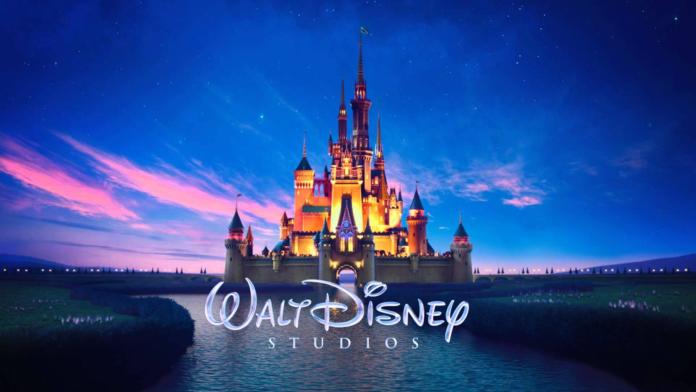Disney is a diversified international entertainment and media company. It was founded in the US in 1923 by brothers Walt and Roy Disney as a cartoon studio that initially created animated silent films.
The company’s ability to monetise its world-renowned characters and franchises across multiple platforms has seen it grow into a $240billion (R3.56trillion) conglomerate.
After establishing itself as a leader in the animation industry, Disney diversified into live-action film production, television and theme parks.
Disney’s film studio division houses Pixar, Marvel, Lucasfilm (Star Wars) and 20th Century Fox. It has a group of 14 theme parks around the world.
Disney reported better-than-expected quarterly results last week, which saw its share price appreciate by more than 5percent.
Its revenue soared 34percent, primarily as a result of the $71bn acquisition of 20th Century Fox assets last year.
Disney’s film studio continued its stellar performance with a 79percent leap in profit, following the success of Toy Story 4, Lion King and Aladdin.
Despite the company’s box-office riches, Disney is banking its future on its new streaming initiatives – a bold statement about the future of media and entertainment.
Disney is preparing a trio of streaming services to appeal to more than its core family demographic.
The company expects to get 60 to 90 million people to sign up for the service within five years, by which time it should turn profitable.
Disney+ will launch in Australia and New Zealand on November 19, after it goes live in the US, Canada and the Netherlands this week.
It will debut in Western European countries in March 2020.
Disney is producing hundreds of hours of programming not only for Disney+, but also its 19-month-old ESPN streaming service and Hulu, a third service that Disney now controls after its acquisition of 20th Century Fox.
Disney has ensured access to millions of online viewers after signing agreements to stream on Amazon, Apple, Samsung, LG and Roku devices.
All Disney+ programming will be family-friendly and episodes will premiere one at a time, similar to traditional broadcast television as opposed to Netflix’s binge-watching approach.
Hulu will host more mature shows and movies, while ESPN will stream sports content.
A bundled offering of all three streaming services will cost $12.99, although the services are available as standalone subscriptions as well.
Where Disney will be most competitive is its content offering and pricing.
Disney+ will cost less than Netflix and Amazon Prime and its bundled service will cost the same as Netflix’ most popular subscription tier.
Disney’s impressive operational performance, inimitable theme parks and pricing power in its media networks and branded businesses have contributed to its sustained growth.
A strong consumer response to Disney’s venture into streaming services is reflected in the current share price, which seems fully valued.
The new service will likely buoy its revenue, but at the cost of deteriorating profitability metrics. The longer-term industry dynamics of international streaming may prove to be more expensive than investors expect.















